Don't be tempted to divide these plants – you might risk losing them from the garden altogether
Some perennials and shrubs are best left alone and prefer not to be disturbed, so propagating by division is not recommended
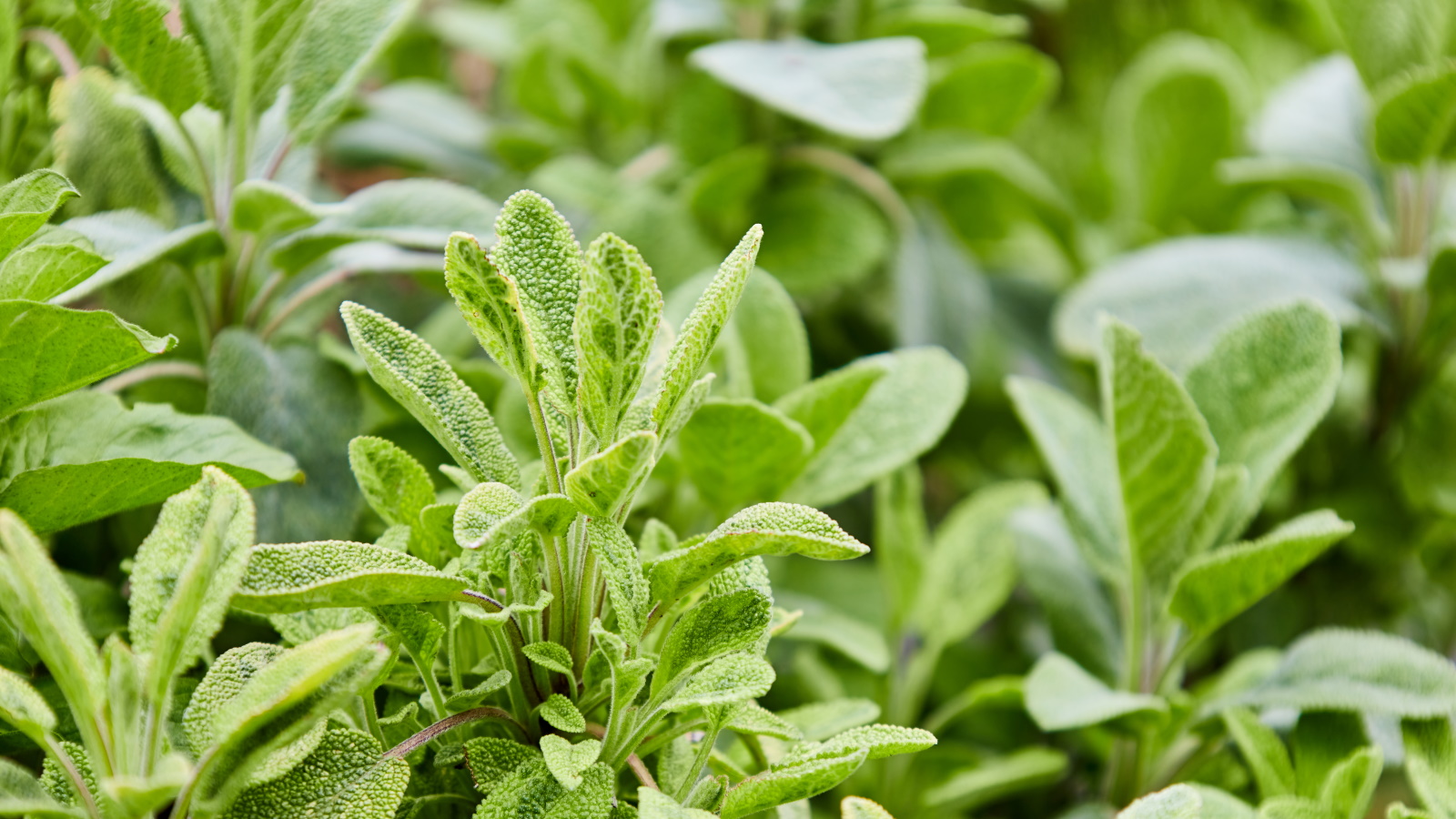

Division is a clever way for gardeners to grow their plant collection. If you are keen to learn new propagation techniques this year, learning how to divide plants is an interesting and cost-effective way to add more plants to your garden borders.
While many perennials and shrubs have a relatively high success rate when propagating by division - hellebores, for example - other plants are best left alone and should not be moved or divided. For this reason, planting in the right position is important, so it is always best to take the time to make a considered decision when placing new perennials and shrubs in the yard.
We have put together a list of which plants do not like to be disturbed, which includes some popular perennials and herbs. While there is always a chance of success, and plants do have a way of surprising us gardeners, I would caution against lifting or moving any of the following, or risk losing your prized plants.

Plants you should never move or divide
Division is a propagation technique that tends to occur either in the fall or in the spring. If you are looking for flower bed ideas, plants such as hellebores or peonies are ideal perennials that can be successfully divided, thereby boosting plant numbers in your borders. Several plants, however, do not like to be disturbed, and you should refrain from moving, lifting or dividing any of the plants listed below.
1. Lavender
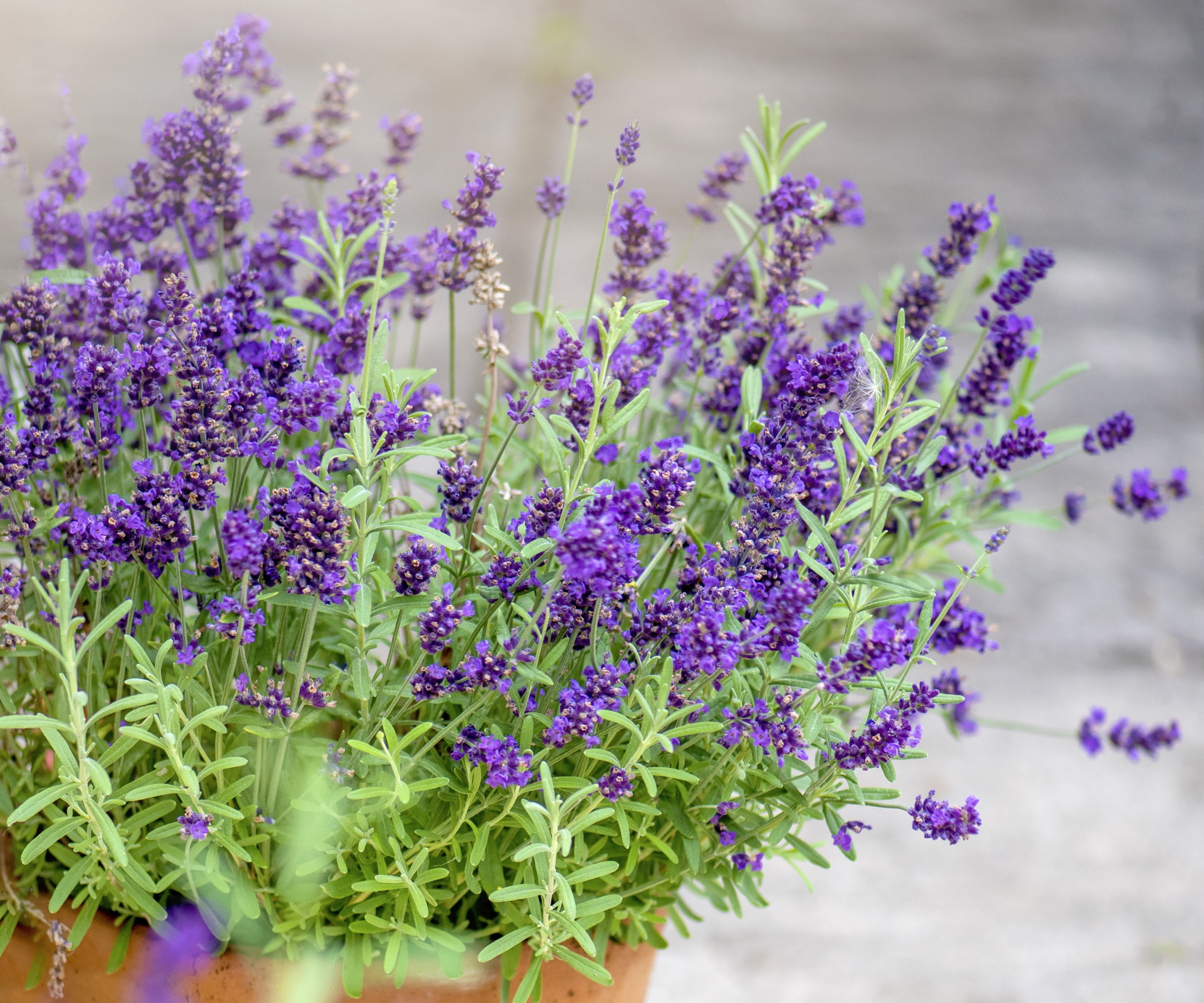
While you might know how to grow lavender, it is important to remember that like other woody shrubs and herbs, lavender plants do not respond well to being lifted, moved or divided.
'Many perennial herbs, such as lavender and sage, should not be moved,' says Susan Betz, plant expert and Honorary Master Gardener. 'Once established, these plants do not like to be disturbed.'
'When planting, remember the important rule: right plant, right place,' says Susan. 'Lavender and sage plants should be positioned in a spot where they can thrive and remain.'
To avoid having woody lavender plants in your yard, ensure that you prune your plants every year, to maintain a compact, healthy form.
English lavender is available online from Nature Hills.

Susan Betz is an author, garden communicator, lecturer, and conservationist specializing in herbs and native plants. She has been actively growing and using herbs to educate the public about gardening and the natural world for over 35 years. She is an Honorary Master Gardener and a member of the International Herb Association, Garden Communicators, the Ecological Landscape Alliance, and the National Garden Bureau. Susan is a life member of the Herb Society of America.
2. Burning bush
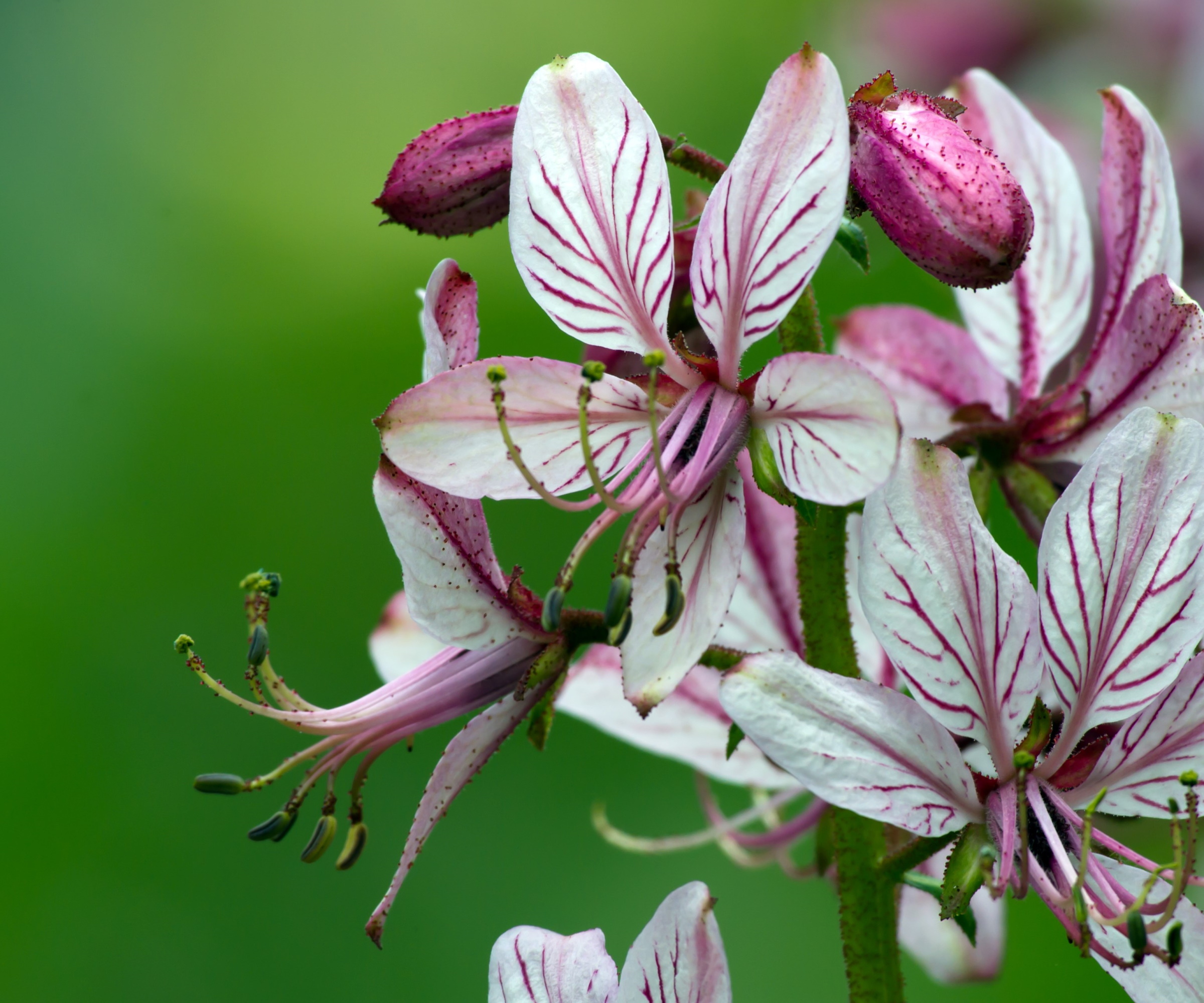
An unusual perennial, burning bush, Dictamnus albus, is a striking cottage garden plant with attractive upright flowers. Native to the edge of woodlands across much of Europe, North Africa, and Asia, burning bush is a unique and long-flowering perennial.
'These plants develop a long taproot, which makes them difficult to relocate or divide,' says Susan. 'It is best to choose a spot where you can leave the plant to grow and thrive for the span of its lifecycle, which could be decades.'
It may take three years for burning bush plants to flower, so this perennial is one for the patient gardeners.
3. California Lilac
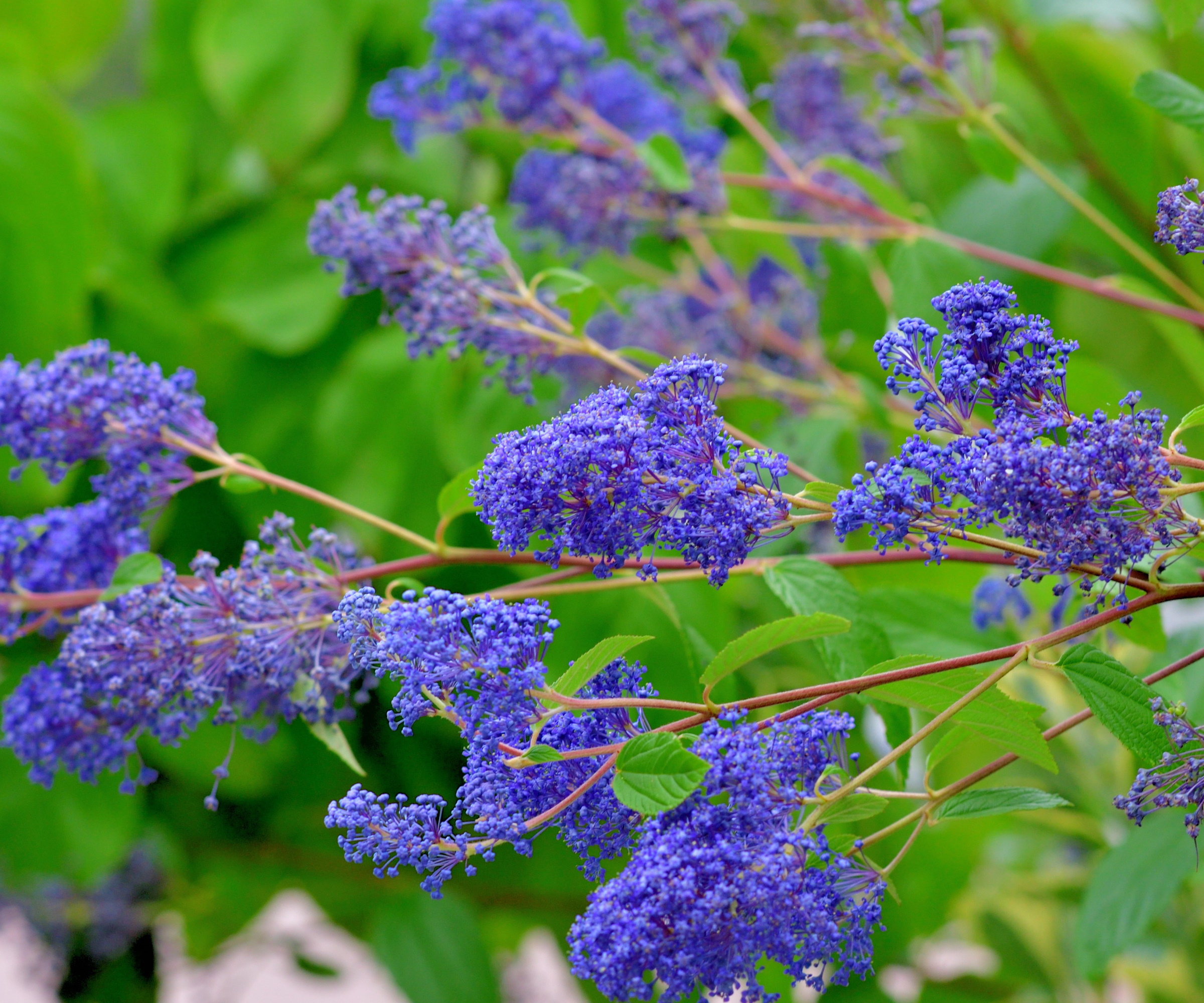
California lilacs have long been popular with gardeners for producing masses of lilac-blue blooms. What's more, these flowering shrubs for full sun positions are known to be popular plants for pollinators, attracting bees, birds and butterflies during spring and summer.
'For plants that should never be moved, lifted or divided, there are several tap-rooted California natives to note, including Ceanothus, or California lilacs,' says Terry Huang, plant expert and Director of Living Collections at South Coast Botanic Garden in the Los Angeles area.
'Even if they do survive transplanting or lifting, these plants rarely seem to get their footing again, so be sure where you want the plant positioned,' Terry adds. 'The positive side is that, once established, they need very little care other than light aesthetic pruning once a year.'
California lilacs are available to buy from Nature Hills.

Terry Huang is the Director of Living Collections at South Coast Botanic Garden in the Los Angeles area. He loves to share his passion for plants by finding creative ways to make botany and horticulture fun and accessible for all.
4. Rosemary
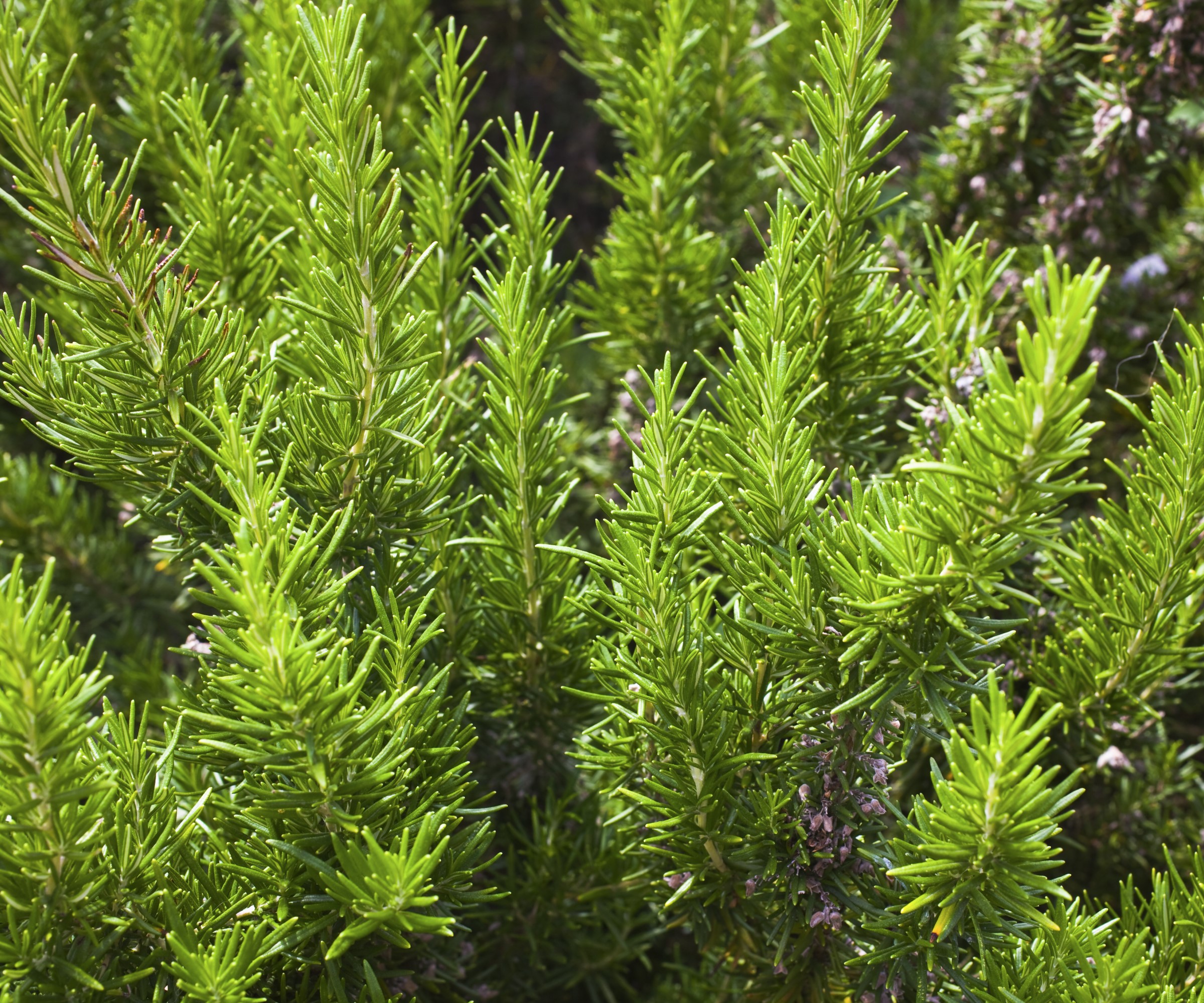
Most gardeners will know how to grow rosemary, and once this herb is established, it is incredibly low-maintenance, seemingly thriving on neglect. In addition, this aromatic herb is highly fragrant, attracting insects and pollinators for much of the summer months.
Much like lavender and sage, rosemary plants gradually become woody over several years, preferring not to be moved, lifted or divided. It is a much safer bet to propagate rosemary plants by taking cuttings.
The best time to take cuttings from rosemary plants is immediately after flowering, during the springtime. Simply snip several stems that have foliage but no flowers, that measure 3 to 5 inches in length. Strip the foliage from the bottom half of the stem, and place in a gritty potting mix. Within 4 to 6 weeks, roots should begin to develop.
Rosemary plants are available to buy online from Walmart.
FAQs
If I cannot divide my California lilac, how should I propagate my plant?
You are not able to divide California lilac plants because of their root structure. Instead, it is best to propagate this plant by taking cuttings. Your approach will be dependent on the species of California lilac that you grow. For example, softwood cuttings can be taken for deciduous varieties in the springtime.
While division is a useful propagation technique for gardeners, not all plants respond well to this approach. It is always best to check if dividing is suitable for your plant before digging them up, or you risk killing your prized plants.
For additional propagation information, see our guide on how to propagate hydrangeas, to learn how to grow your hydrangea collection this year.
Sign up to the Homes & Gardens newsletter
Design expertise in your inbox – from inspiring decorating ideas and beautiful celebrity homes to practical gardening advice and shopping round-ups.

Thomas is a Content Editor within the Gardens Team at Homes and Gardens. He has worked as a professional gardener for both public spaces and private estates, specializing in productive gardening, growing food and flowers. Trained in Horticulture at the Garden Museum, he has written on gardening and garden history for various publications, including The English Garden, Gardens Illustrated, Hortus, The London Gardener and Bloom. He has co-authored a Lonely Planet travel book, The Tree Atlas, due out in 2024.
-
 Sarah Michelle Gellar's entryway is tranquil and elegant thanks to white and wood accents – her neutral style is replicable from $33
Sarah Michelle Gellar's entryway is tranquil and elegant thanks to white and wood accents – her neutral style is replicable from $33The actress's entryway features a wood console table, wood floors, and crisp, white paint for a warm and inviting atmosphere
By Hannah Ziegler
-
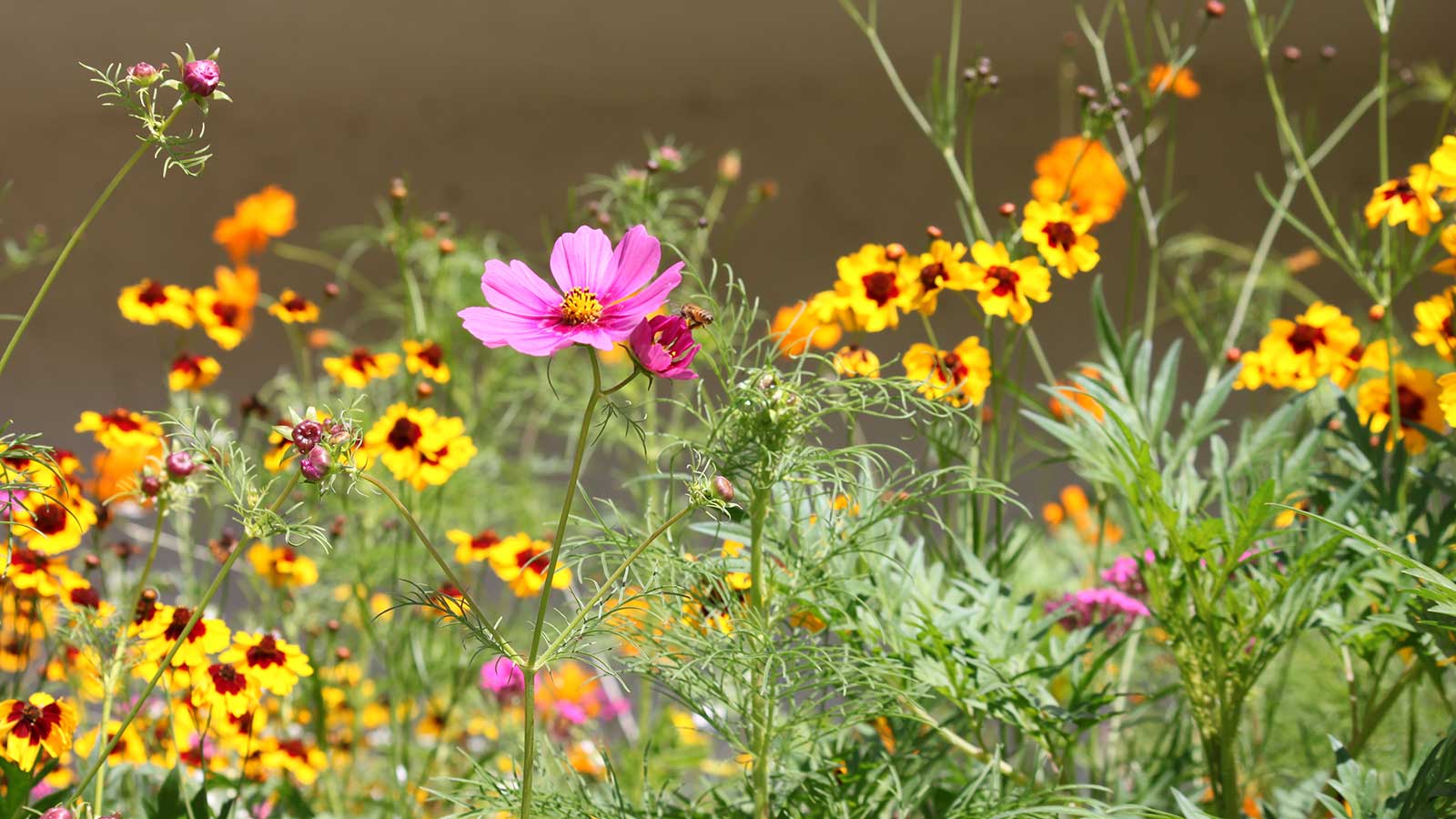 How to design a mini meadow in pots – and welcome birds, bees and butterflies to your urban wildlife garden this summer
How to design a mini meadow in pots – and welcome birds, bees and butterflies to your urban wildlife garden this summerExperts share advice on species recommendations, soil, and types of containers to use for meadow planting
By Holly Crossley